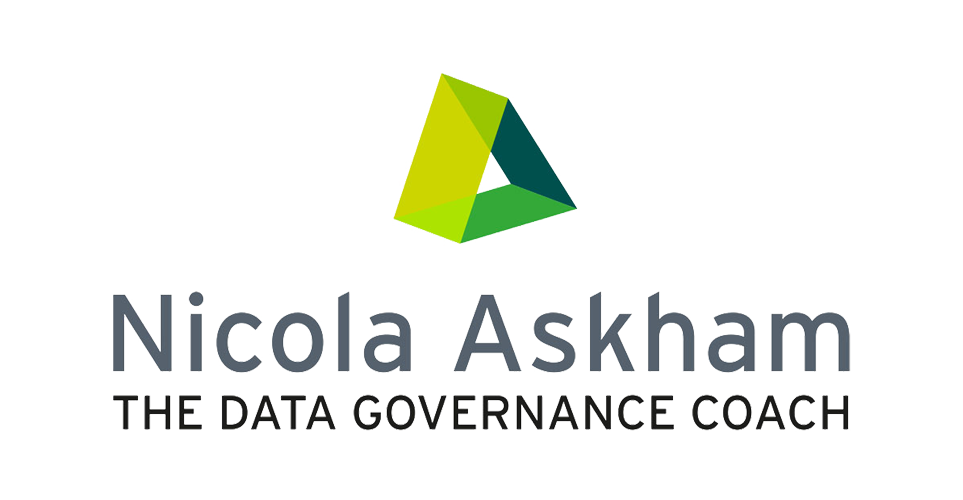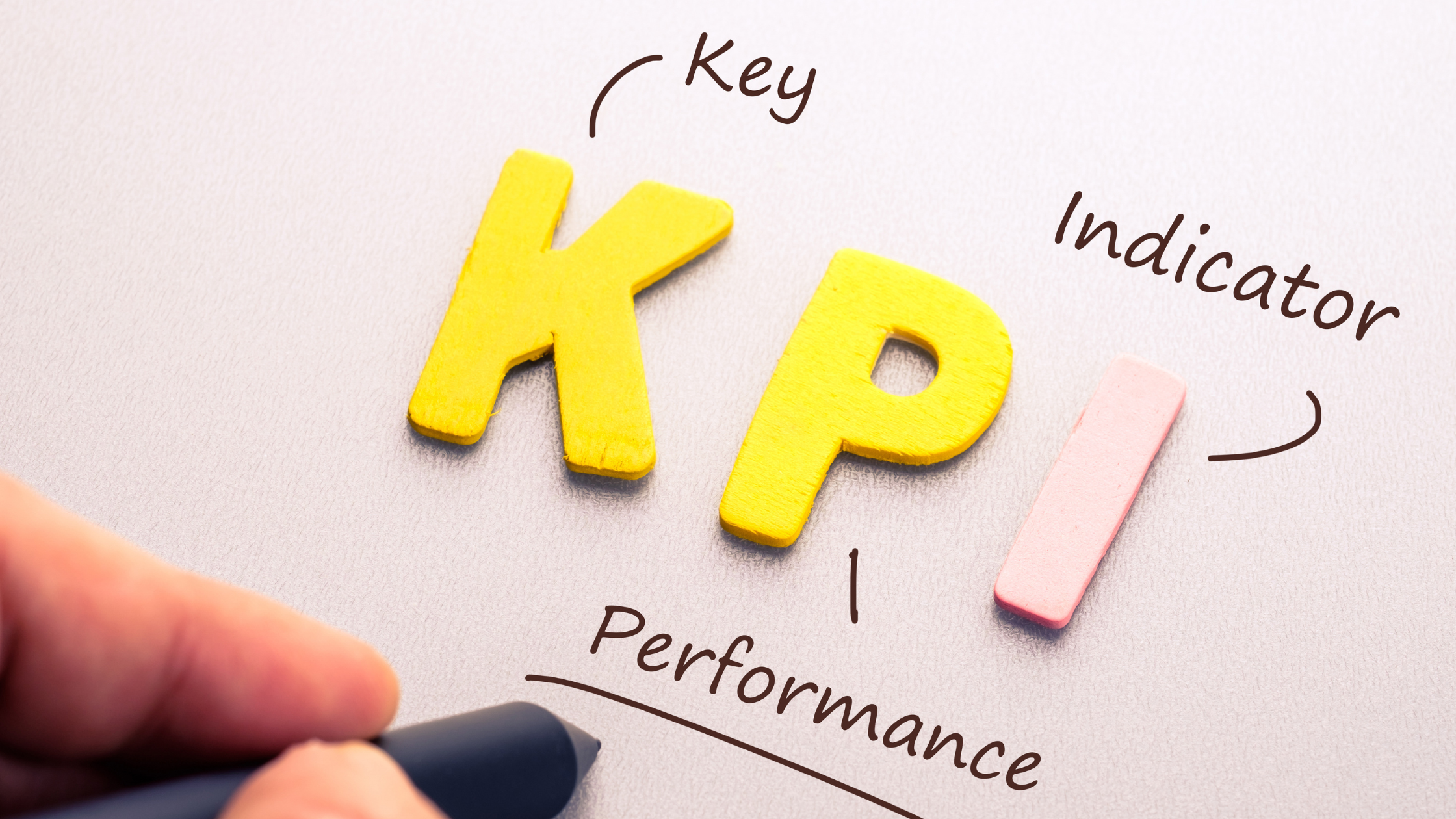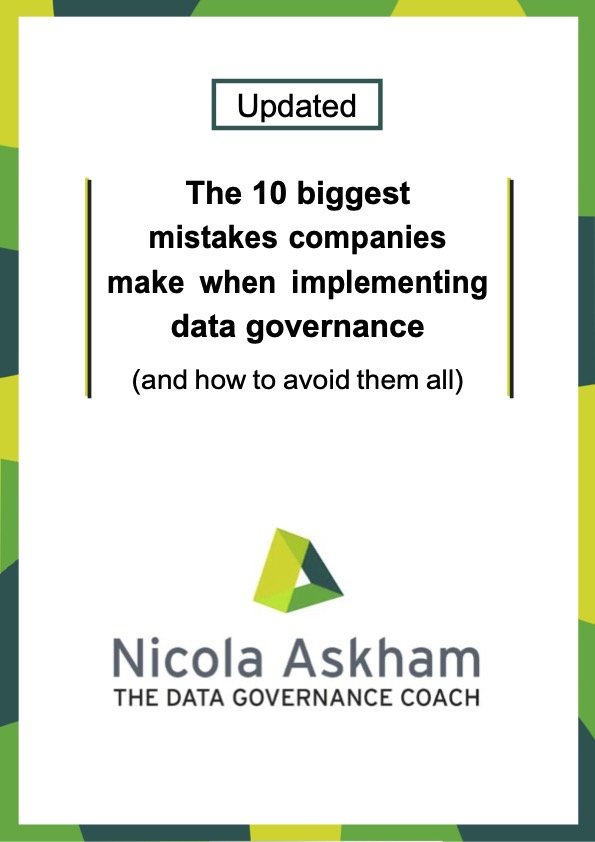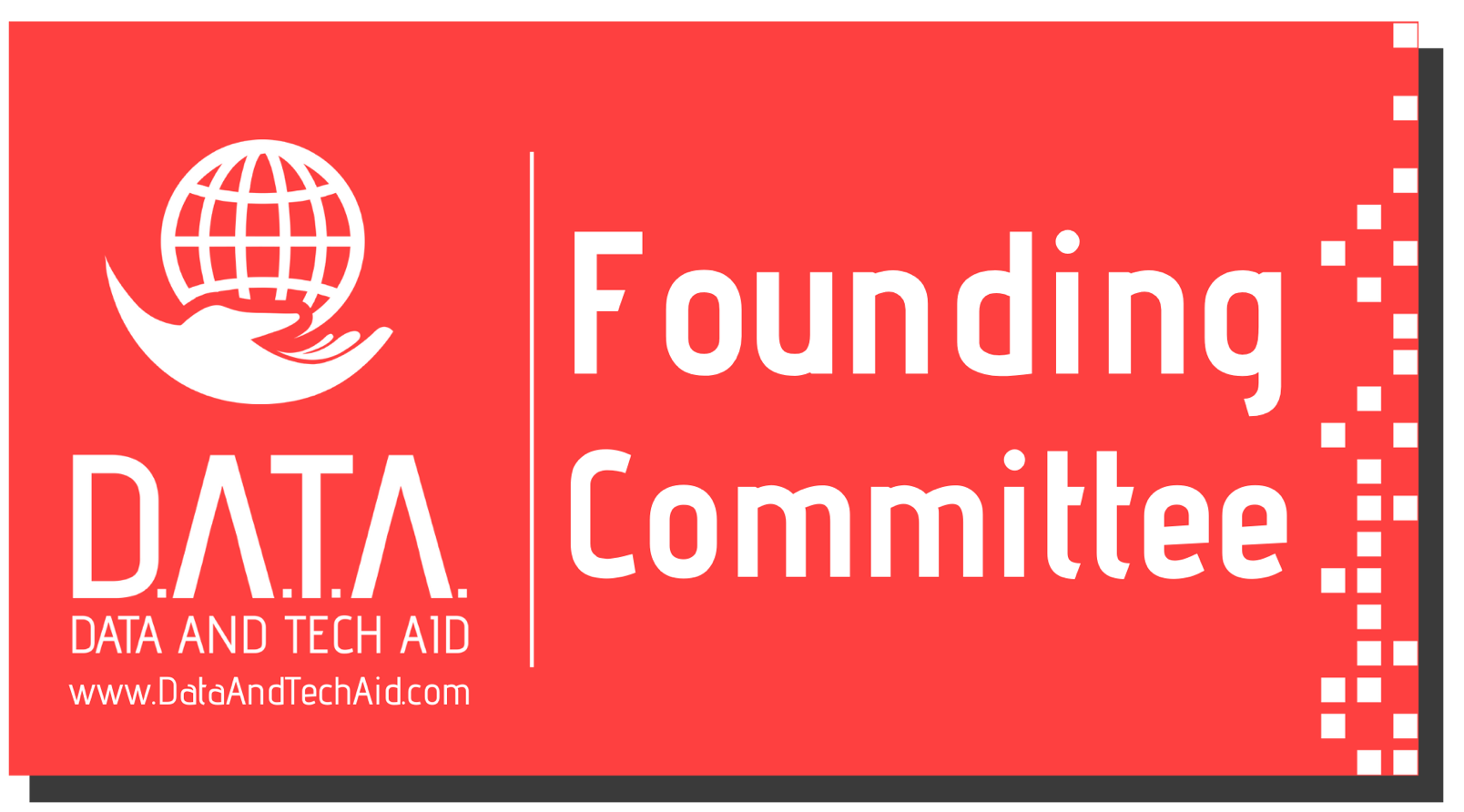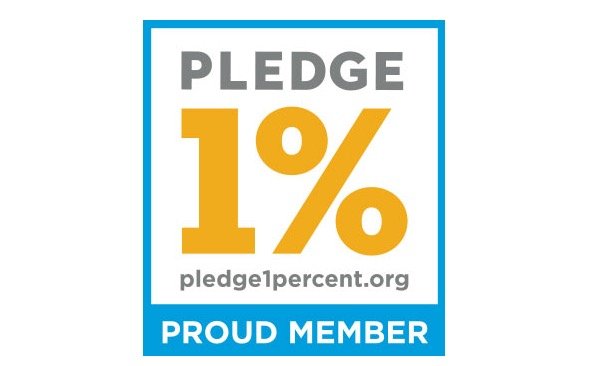We often marvel at the sheer scale of Large Language Models (LLMs). These behemoths owe their ‘largeness’ to the vast volumes of data they are trained on, collected from a myriad of sources. The lifeblood of these models is the quality of this big data. It’s through this data that the models learn the intricate dance of language patterns, enabling them to generate coherent and contextually accurate responses.
However, like a grain of sand in a well-oiled machine, inadequacies in data quality can introduce noise into the model training process. This noise can lead to spurious outcomes, much like a radio catching static between stations. This noise significantly impedes the model’s ability to generate the correct embeddings - the mathematical representations of words in high-dimensional space. This, in turn, affects the model’s capacity to comprehend and generate accurate and meaningful context. In essence, while the size of LLMs is impressive, it’s the quality of the data they’re trained on that truly determines their effectiveness. It’s a reminder that in the realm of AI, quality often trumps quantity.
Considering the impact of data quality on AI outcomes, how might erroneous training data lead to unreliable predictions, and what steps can be taken to ensure the integrity of AI-generated results?
As a data executive, I’ve often found myself fascinated by the intricacies of artificial intelligence and the relation with quality of data. However, it’s important to remember that AI, like any tool, is only as good as the data it’s trained on.
Consider this: Inaccurate Predictions: If an AI model is trained on data that’s full of errors or inaccuracies, it’s like trying to navigate a maze while blindfolded. The model may stumble and falter, leading to predictions that are unreliable or downright incorrect. It underscores the importance of using accurate, high-quality data when training these models.
Then there’s the Ripple Effect of Biased Outputs: Imagine feeding an AI model data that’s skewed or biased. The model, in turn, might churn out results that perpetuate these biases, leading to outcomes that are unfair or skewed. It’s a stark reminder of why we need to use unbiased data when training AI models.
And what about Non-usable Content? If the data fed into the model is incomplete or inconsistent, it can leave the model confused. The result? Outputs that are gibberish or make little to no sense.
Lastly, let’s not forget the potential for Misleading Information: If the AI is trained on erroneous data records, it could end up generating information that’s misleading. This could be harmful, especially if such information is used for decision-making.
In conclusion, the quality and integrity of the data used in AI training are paramount. It’s a topic that deserves our attention as we continue to explore the vast potential of artificial intelligence.
How can poor data quality impact customer satisfaction and loyalty?
In organizations, we often discuss the marvels of artificial intelligence and data-driven decision making. However, an often overlooked aspect is the quality of data that fuels these systems.
The Cost of Poor Data Quality: Imagine a scenario where the quality of data is compromised. This could lead to inaccurate predictions and decisions, which in turn could result in significant financial losses. What is the confidence that an organization can have on it’s financial statement, regulatory returns or key-strategic decisions that it takes. All such aspects are assumed to be 100% accurate basis the quality of data that fuels them. It’s akin to building a house on a foundation - the structure is bound to be supported if it’s qualitative.
The Role of Data Quality in Generative AI: Generative AI, a branch of artificial intelligence that excels at creating new data from existing datasets, relies heavily on the quality of the input data that is used for training as well as fine-tuning using techniques like re-inforced learning. The better the data, the more accurate the insights it can generate.
The Data Scientist’s Dilemma: According to data researchers, data scientists spend a whopping 80% of their time just preparing and organizing data. This underscores the importance and the challenge of maintaining high-quality data.
The Impact on Customer Satisfaction and Loyalty: Poor data quality can also have a ripple effect on customer satisfaction. Inaccurate predictions can lead to wrong decisions, which can leave customers dissatisfied with the product or service they receive. This could, in turn, decrease customer loyalty.
The Solution: Systematic quality control and verification of data can help mitigate these issues. It’s like having a robust quality check in a production line, ensuring that the final product meets the desired standards.
In conclusion, the quality of data is not just a technical issue, but a business imperative that can impact financial outcomes, customer satisfaction, and loyalty. As we continue to navigate the data-driven landscape, let’s remember - quality matters.
Why is data quality crucial for accurate predictions and decisions in both traditional analytics and Generative AI?
Some use cases for AI and generative AI include natural language processing, image recognition, and automated generation of content. Generative AI can also be used to automate the process of data analysis, allowing for faster and more accurate results. Generative AI has a wide range of applications in a variety of industries.
Financial Document Search and Synthesis: Generative AI can assist banks in finding and summarizing internal documents such as contracts, policies, credit memos, underwriting documents, trading agreements, lending terms, claims, and regulatory filings. It can quickly summarize complex documents like mortgage-backed securities contracts.
Personalized Financial Recommendations: AI can provide personalized financial advice by analyzing customer data, investment portfolios, risk profiles, and market trends to generate tailored investment recommendations. This can help clients make informed decisions about asset allocation, risk management, and financial planning.
Enhanced Virtual Assistants: Generative AI-powered virtual assistants can automate tasks, handle customer inquiries, and provide real-time support. This frees up human agents to focus on more complex tasks, improving customer service efficiency.
Which dimensions of data quality are important for AI and Generative AI?
The dimensions of quality that a data office has to prioritize for data collection are as follows:
Ø Accuracy - The term “accuracy” refers to the degree to which information correctly reflects an event, location, person, or other entity. How well does data reflect reality, like a phone number from a customer?
Ø Completeness - Data is considered “complete” when it fulfills expectations of comprehensiveness. Is there complete data available to process for a specific purpose, like “housing expense” to provide a loan?
n Column completeness – Is the complete “phone number” available?
n Group completeness – Are all attributes of “address” available? Is there complete fill rate in storage to process all customers?
Ø Validity: The “Validity” dimension of data quality refers to the extent to which data conforms to a specific format or follows predefined business rules. For instance, many systems require you to enter your birthday in a specific format, and if you don’t, it’s considered invalid.
The use of Artificial Intelligence is increasing to generate insights that advance customer journeys. Use cases like credit decisions, personalization, and customer experience are increasingly using AI. The quality of data across the diverse collection of data-sets must be assured to reduce the vulnerability of data-driven models.
Is there a direct implication of less quality data on outcomes of AI models?
Data quality significantly dictates the efficacy of machine learning models. The creation of accurate AI models hinges on the availability of high-quality data, which requires stringent quality control and verification measures. The influence of qualitative training and testing data can be particularly emphasized. As accurate training can result in accurate outcomes when the model is implemented. The importance of automated data quality assessments for AI has been underscored, with a variety of data-oriented techniques and tools being recommended to facilitate this process.
